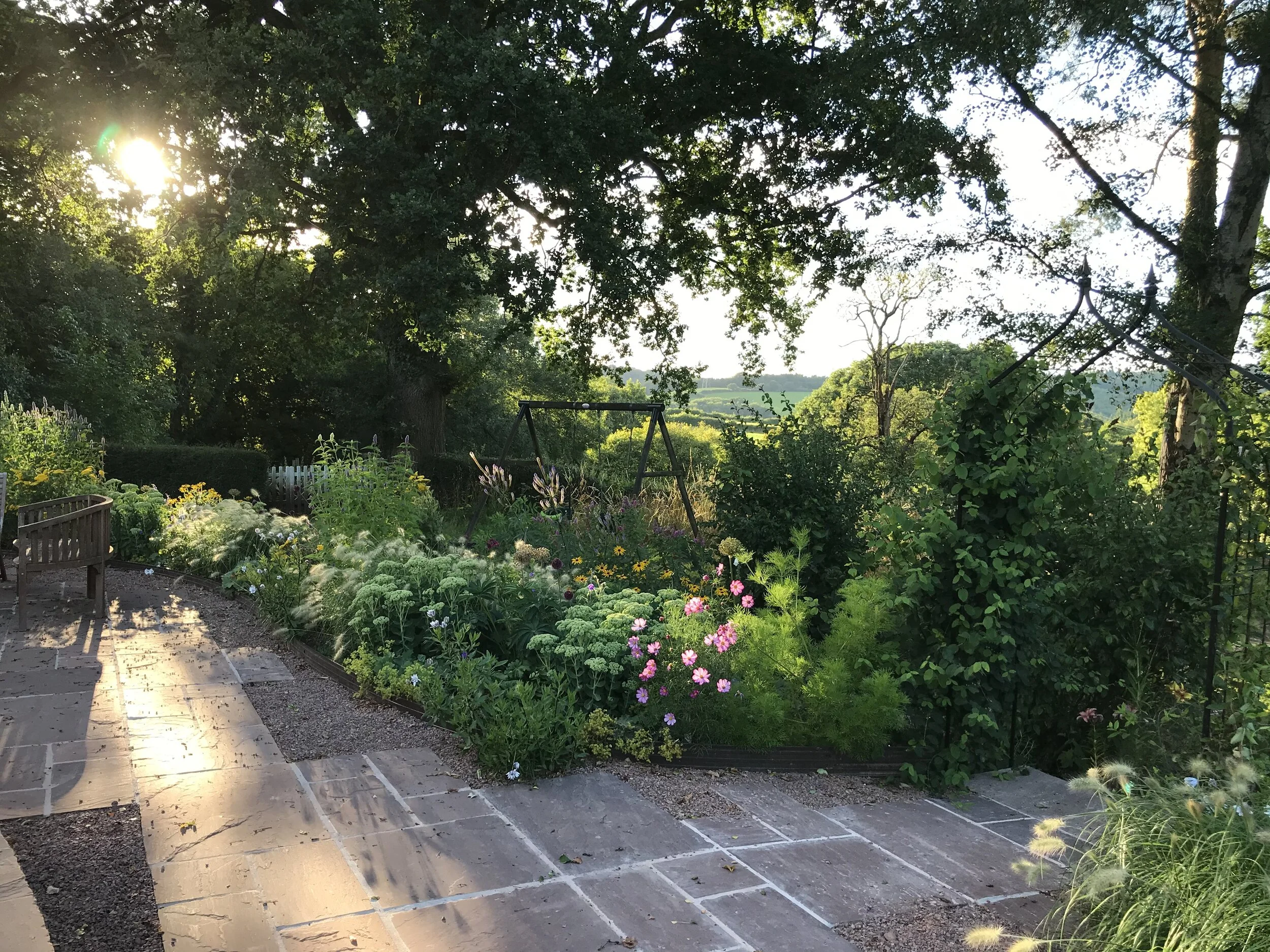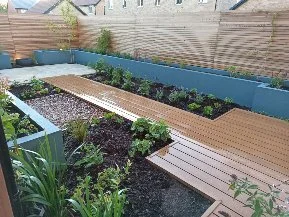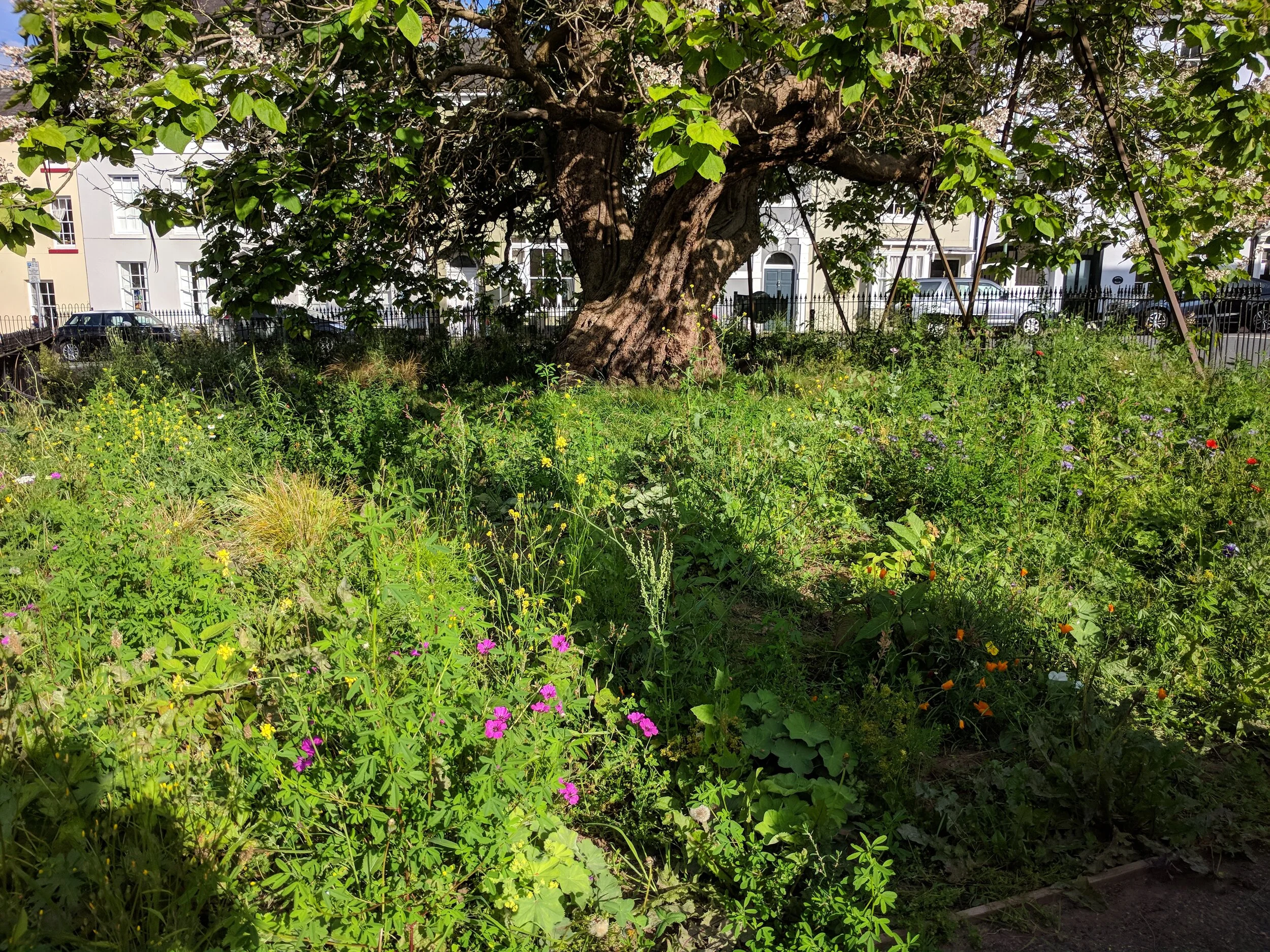This spring and summer have certainly been different haven’t they, and for me very different from what I expected when we went into lockdown. I had thought that my work would really slow down, even dry up altogether and that I’d be spending a lot more time than usual in my own garden. I certainly wasn’t visiting clients for a few months and I’m still restricting site visits, but adding a remote consultation to the services I can offer has certainly been very well received. For many people it’s been the way for them to benefit from my years of experience and knowledge to help them develop their garden while they’ve been at home with the time to get to grips with it. Some have really got on with things and built their gardens themselves, and wonderful jobs they’ve made of them too!
Lockdown has been difficult for us all, but for me, its silver lining has been seeing how nature has thrived and responded to the changes we’ve had to make and the restrictions imposed which for a while kept us at home and off the roads and thereby reduced air pollution. Restricted management by local authorities allowed the grass verges to grow and with them the wildflowers which the insects feed on. With the insects available to feed their young, the birds have done better too, at least in my own garden I can see many more young of a range of species.
I won’t dare to hope that we have learned a lesson and will change the way we mismanage our green spaces and sadly gardens too, but nature’s had a bit of a break from us, and while we’ve spent more time in our gardens hopefully we will have become that little bit more aware of nature all around us, especially where it’s closest to us and where we can help it the most, in our gardens.
Here are some photos of my clients’ and community volunteers own hard work at different stages of development. and each very different in style. The traditional garden surrounded by trees will be wonderful for wildlife. The contemporary garden is only just planted so is in its infancy, but the planting is going to be really good for pollinating insects, and the community space is planted with permanent perennials but the ‘weeds’ which have seeded in between them are left to flower for us to enjoy and be of benefit insects and birds.







